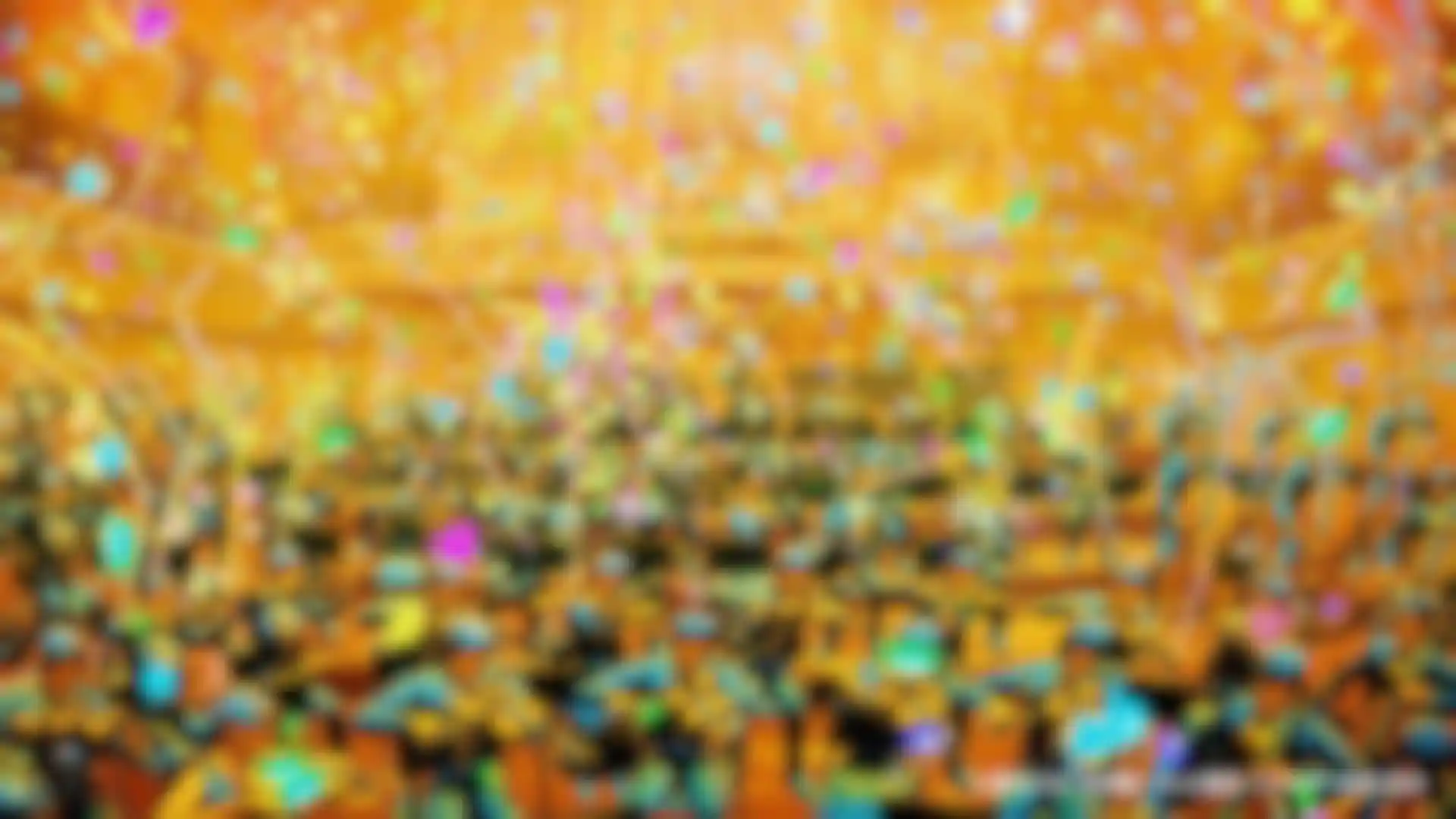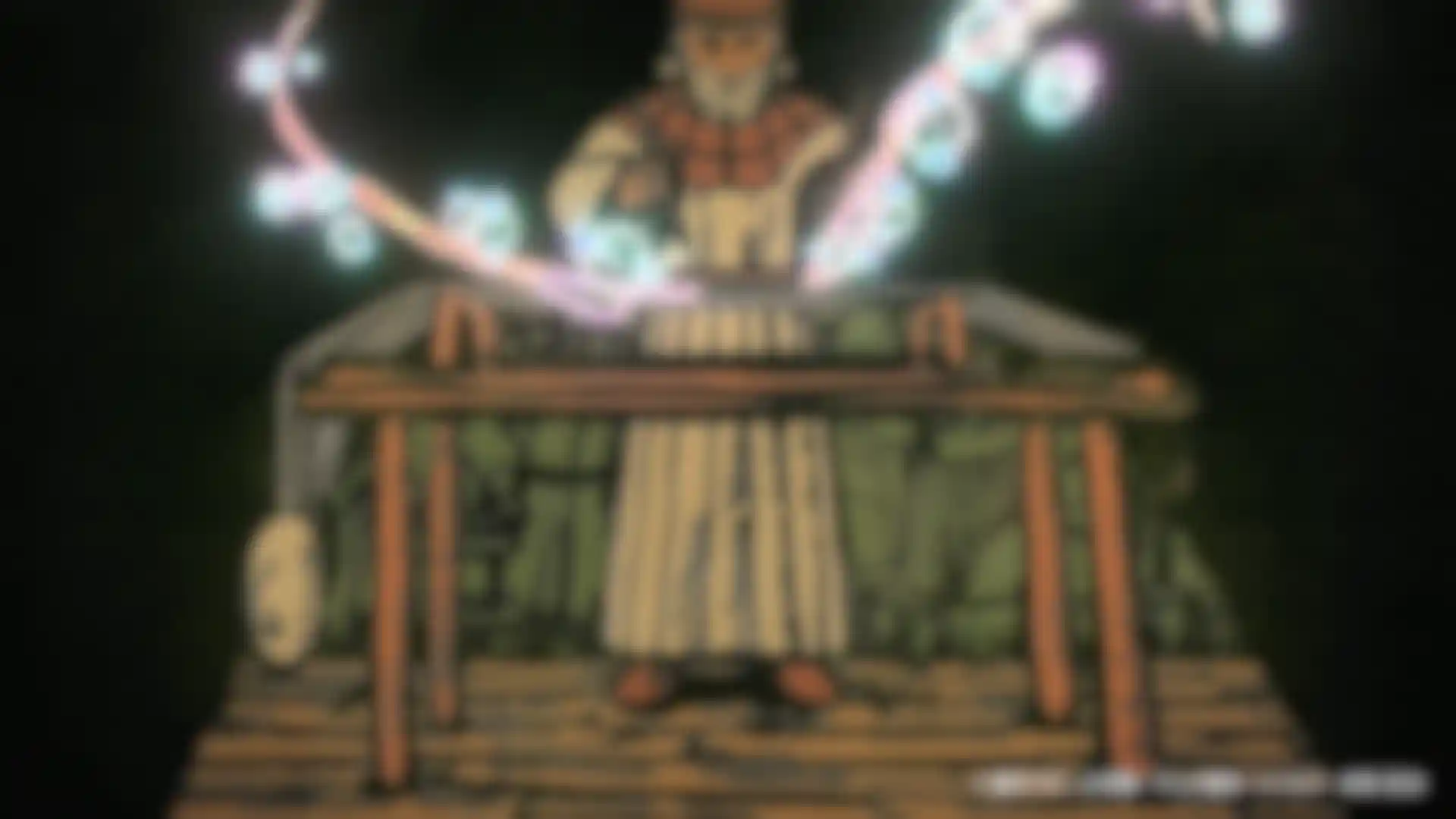
Bringing Doraemon's Symphony to Life With Trapcode and After Effects A Visual Symphony for “Doraemon: Nobita’s Earth Symphony”
To mark the 90th anniversary of its creator, Fujiko F. Fujio, Doraemon: Nobita's Earth Symphony embarks on an unforgettable journey to save the world through the power of music. Leading the visuals for this monumental 43rd feature film in the beloved Doraemon series is special effects artist Manabu Kadouno, who crafted the opening titles and effects using Trapcode and After Effects. Kadouno's unique approach brings musical notes and melodies to life in imaginative ways.
We spoke with him about his career, creative process, and the challenges of visualizing sound in animation.
Please tell us a bit about yourself and your background.
Kadouno: I'm a cinematographer specializing in effects for animated films. After graduating from a vocational school, I worked at an animation studio before deciding to go freelance. Since then, I’ve primarily been working on theatrical anime productions. I never originally planned to go freelance; my initial goal was to work at a studio long term. However, after working at various studios and experiencing relocations and personnel changes, I realized I wanted to create my own place in the industry. That mindset has led me to my current path.
Your work involves both cinematography and effects. Could you explain what that entails?
Kadouno: People often ask, “What exactly does ‘special effects’ mean in this context?” It’s a department dedicated to effects, where we focus on enhancing quality through composite-first visual creation. This approach is particularly helpful when we need time to develop specific processes or if we want to expand the team to boost production efficiency.
What was your role in Doraemon: Nobita’s Earth Symphony?
Kadouno: I had previously worked with the two directors of the film’s opening, and this time, they reached out to me specifically for the fahre creation. In the film, "fahre" represents "music" and is visualized as crystals, bubbles, and rings that appear when characters play instruments or sing. The directors thought, “Kadouno could probably make this happen with Trapcode Particular,” and that’s how I got involved.
When I joined the project, some visuals, like bubbles and a rainbow-colored analog line, had already been introduced in the initial trailer. I wanted to build on that atmosphere and carefully balanced the provided abstract fahre materials to create what I felt was a truly beautiful scene.
Were there any challenges or particularly rewarding moments in the project?
Kadouno: In the opening sequence, we had to create a visual arc that spans from past to present, featuring an animated swan flight and coordinated camera work.

Adjusting the placement of elements according to the 3D camera movement was essential yet tricky. Something might look like it’s flying across the screen, but in 3D, it might barely be moving. In these cases, the only solution was manual adjustments, which took time to make it appear natural.
Can you share how you worked with Trapcode Particular?
Kadouno: I wanted to try the latest version of Particular in Japanese, and it turned out to be perfect for this project. The crystals, bubbles, and rings were made by assigning footage as particles, while line effects were created directly with Particular and then enhanced with additional effects. The new features for tracking lines with spheres were particularly helpful for creating the seamless visuals.
Trapcode Particular has always been my go-to plugin, but I’ve grown even more attached to it while working on more 3D anime projects. Importing camera and position data from 3D software to align precisely with the camera movements feels incredibly satisfying. It’s like, “Yes! That’s exactly what I wanted!”

How do projects typically come your way?
Kadouno: Many of my projects come through introductions from people I’ve worked with in the past. Sometimes, I’ll reconnect with someone over social media. Other times, I might be at a studio doing other work when someone reaches out and says, “We’re looking for someone to take this on right now.”
You also create tutorials, right?
Kadouno: Initially, I started blogging to document my daily experiments, which eventually led to writing longer articles. At some point, I thought, “I could turn this into a tutorial!” Seeing so many creators I admired share their insights inspired me to do the same.
You can watch Kadouno's tutorial about Trapcode here.

Any advice for those interested in anime cinematography?
Kadouno: I still get nervous when I join a new studio, work on a project I admire, or meet a creator I look up to. Sometimes, I think, “Is it okay for me to be here?” One time, I even turned down an opportunity I couldn’t justify avoiding. Later, I went back to ask if I could join after all—and that decision led to long-term working relationships.
So, if you recognize a chance when it appears, have the courage to take it. And if you enter the field of cinematography, maybe we’ll work together one day.
Toshihide Miyata is a Marketing and Support Specialist at Maxon.